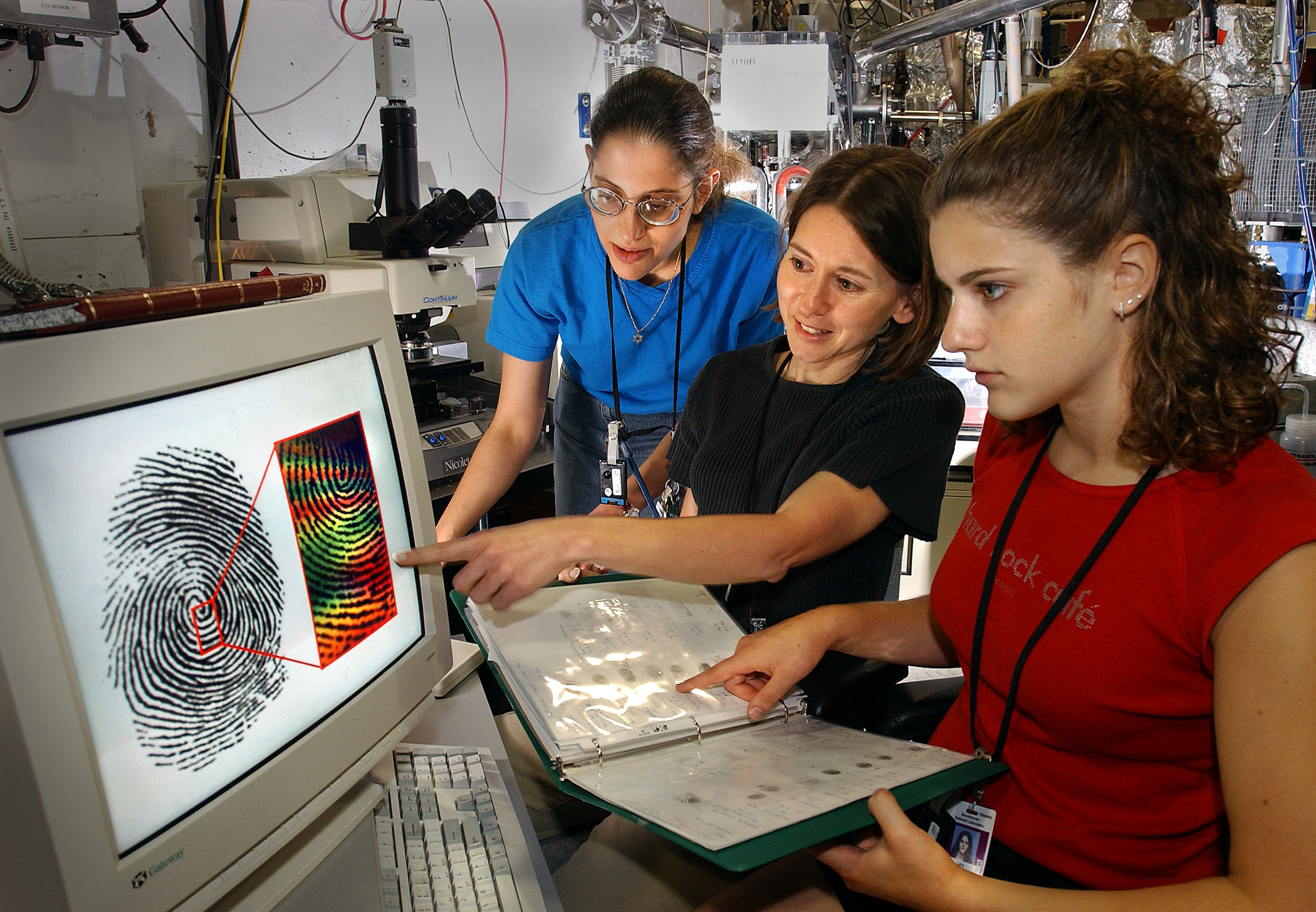
Analysis
There are many ways in which an applicant can stumble when it comes to developing a competitive ITEST project and funding proposal. One of the primary decisions for an applicant is the characterization of their initiative in the proposal. As simple as it sounds this is actually one that people overlook, often times suggesting "that if you have a quality project, the NSF will not care whether it is positioned as a Strategies initiative or SPrEaD (Successful Project Expansion and Dissemination). It is true that the goal of the program is the same across the board: establish best practices and model interventions that will immerse students in the STEM disciplines and motivate them to pursue such careers. However, projects positioned as SPrEaD initiatives must have a pre-existing moderate-to-strong evidence base. In other words, applicants must be positioning scale-up projects in order to target the higher dollar amounts available through SPrEaD. On the other hand, while Strategies projects may explore new models that may not have a sophisticated evidence-base, the NSF still anticipates that such initiatives at a component-level will still be supported in the research literature. Unfortunately, you do not get 3 strikes with the NSF, if you position a world-class Strategies project under the SPrEaD program, your application will likely be denied without review.
Once you have properly characterized your initiative, the goal is obviously to offer an innovative project that is compelling to the NSF and competitive when compared to other applicants. Many folks do a decent job with the innovative part, such as creating robotics competitions or incorporating gaming or virtual reality software into STEM curricula. However, they may fall short when it comes to some of the non-technical pieces that will make a proposal competitive. ITEST is partially funded through H-1B Visa fees that employers pay when they hire foreign workers into highly technical occupations. The ultimate goal is to get American k-12 students excited and on track to assume these highly skilled roles in the present and future economy. As such, projects that incorporate and partner with the industry sector through a combination of immersive experiences and mentoring (by current employee volunteers at the companies involved) typically stand out amongst the competition. In addition, the most successful projects typically take a multi-pronged approach to their strategy, addressing formal k-12 student curricula and credentialing, professional development for k-12 STEM teachers, and informal STEM immersion that occurs outside of the traditional school day.
More Details on the Opportunity
The ITEST program through research and model-building activities seeks to build understandings of best practice factors, contexts and processes contributing to K-12 students' motivation and participation in the science, technology, engineering, and mathematics (STEM) core domains along with other STEM cognate domains (e.g., information and communications technology (ICT), computing, computer sciences, data analytics, among others) that inform education programs and workforce domains. The ITEST program funds foundational and applied research projects addressing the development, implementation, and dissemination of innovative strategies, tools, and models for engaging students to be aware of STEM and cognate careers, and to pursue formal school-based and informal out-of-school educational experiences to prepare for such careers. ITEST supports projects that:
- Increase students' awareness of STEM and cognate careers
- Motivate students to pursue the appropriate education pathways for STEM and cognate careers and/or
- Provide students with technology-rich experiences that develop disciplinary-based knowledge and practices, and non-cognitive skills (e.g., critical thinking and communication skills) needed for entering STEM workforce sectors
ITEST projects may adopt an interdisciplinary focus on one or more STEM domains or focus on sub discipline(s) within a domain. ITEST projects must involve students, and may also include teachers. ITEST is especially interested in broadening participation of student groups from traditionally underrepresented in STEM and cognate intensive education and workforce domains. Strongly encouraged are projects that actively engage business and industry to better ensure K-12 experiences are likely to foster the skill-sets of emerging STEM and cognate careers.
ITEST supports two types of foundational and applied research projects:
Strategies
These are projects that address the creation and implementation of innovative technology-related interventions.
SPrEaD (Successful Project Expansion and Dissemination)
SPrEaD projects support the wider and broader dissemination and examination of innovative interventions.
Successful ITEST projects will engage in foundational or model-based design applied research that seeks to understand conditions and contexts that improve K-12 students' STEM learning pathways and STEM-focused career preparations and mentorships. The ITEST program is particularly interested in projects that examine the effectiveness of engaging adult volunteers with relevant disciplinary expertise from academia or industry to mentor and engage students in school, after school or out-of-school. Typically, proposals with a primary focus on workforce development for youth and on school to work transitions should be submitted to ITEST. Also encouraged are proposals that engage students in the use of cutting-edge technological tools, in computer sciences, or in providing students with work/problem based opportunities for innovative use of technology..
Eligibility
All U.S. organizations with an educational mission are eligible for ITEST, however all ITEST projects must demonstrate evidence of partnerships and collaboration in the formulation, implementation, and/or interpretation and dissemination of the project.
Award Information
The National Science Foundation anticipates making approximately 15-20 Strategies awards with durations up to three years and total budgets up to $1,200,000 each and approximately 5-10 SPrEaD awards with durations of three to five years and total budgets up to $2,000,000 each.
For more information, visit: www.grantsoffice.com/GrantDetails.aspx?gid=21709